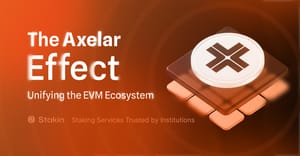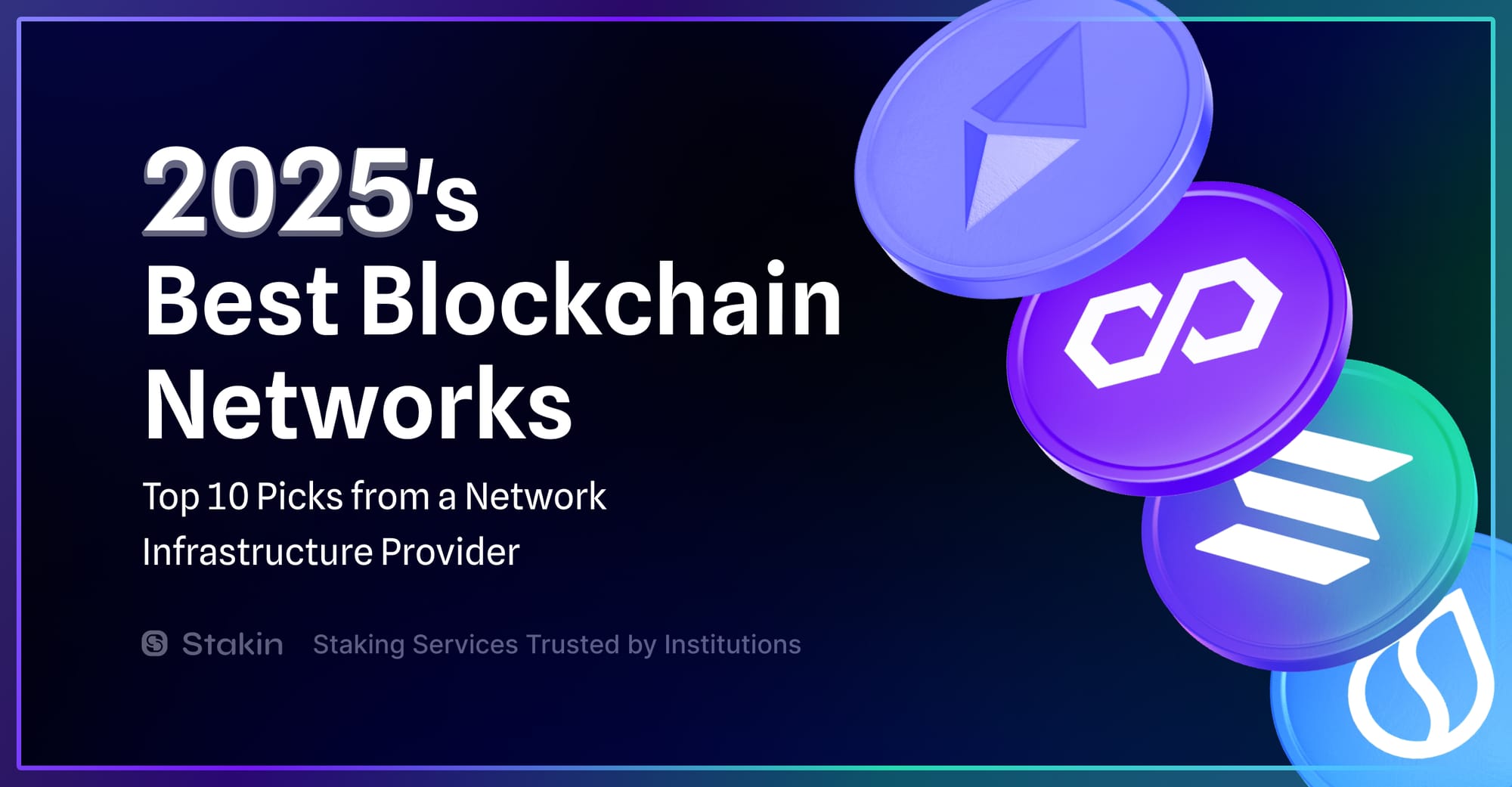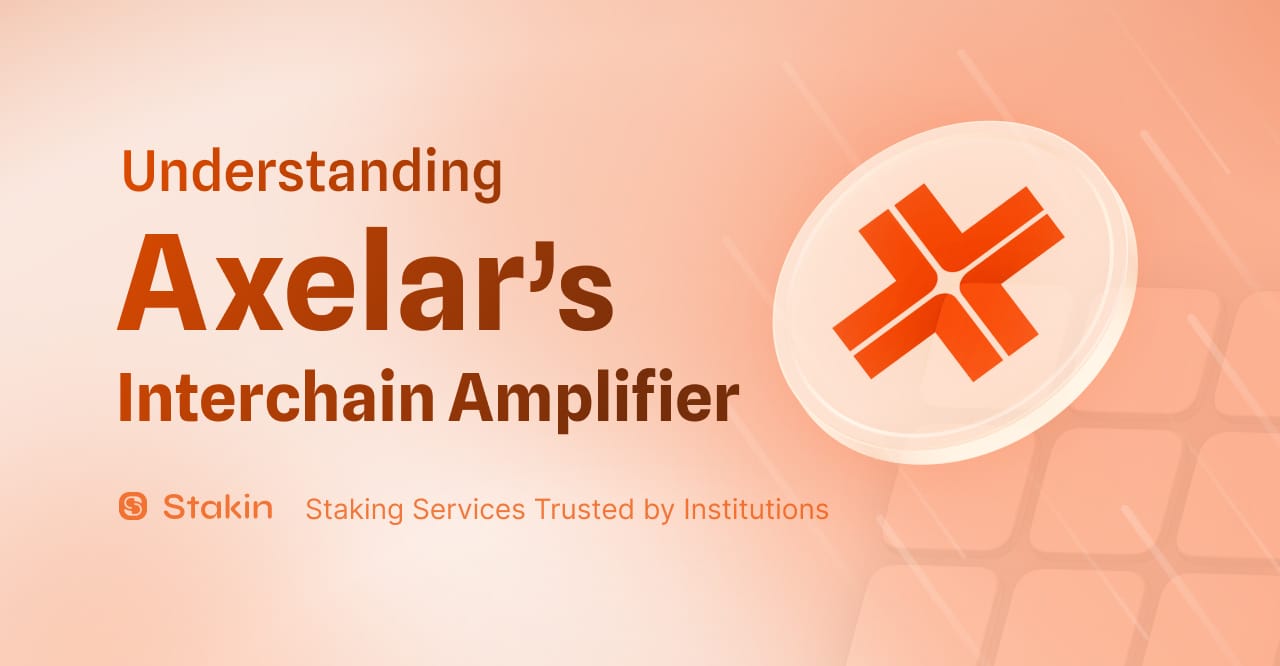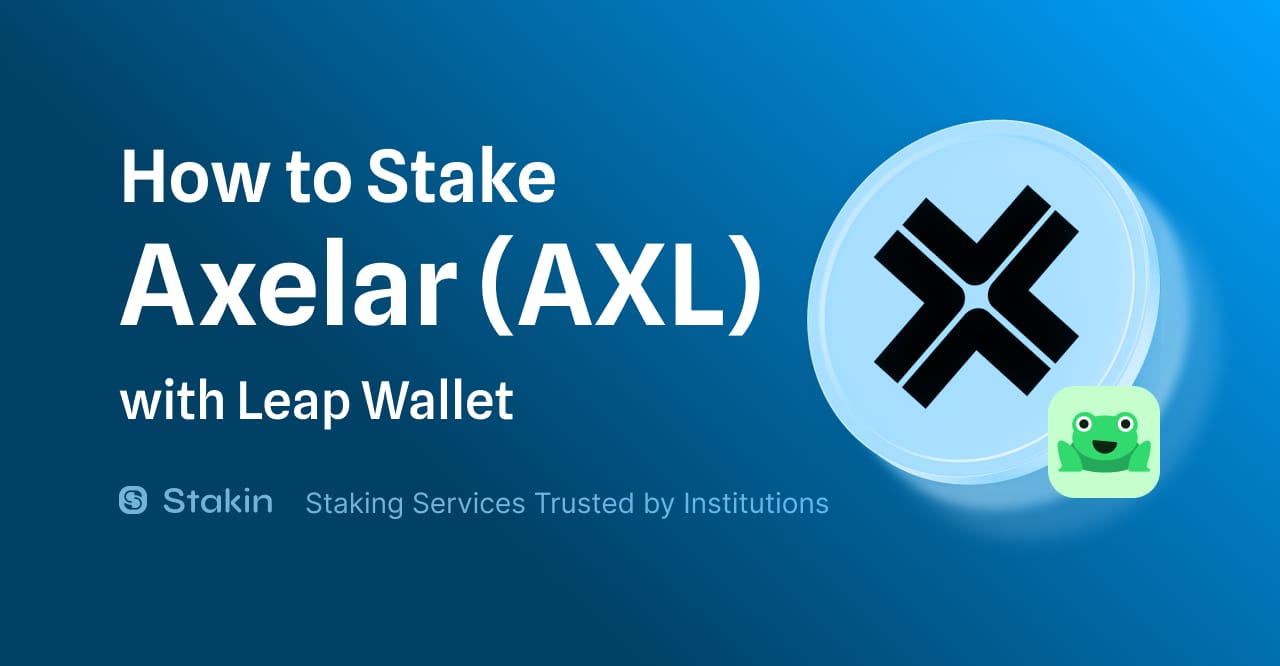In the world of blockchain technology, Ethereum is a juggernaut. While Bitcoin is unquestionably the most universally recognized brand in the blockchain space, Ethereum isn't far behind - especially among those who understand the true game-changing promise of blockchain technology.
Central to Ethereum’s success is the Ethereum Virtual Machine (EVM) - a software platform that enables developers to create new blockchain networks compatible with Ethereum's programming model, allowing for easier integration with the Ethereum ecosystem.
In recent years, this innovation has enabled a Cambrian Explosion of EVM-compatible decentralized applications (dApps), networks, and other assorted projects. This rapid growth and diversification, however, has not come without its challenges. As a thriving ecosystem of EVM-compatible projects has taken shape, the siloed nature of the chains, communities, and projects emerging within it has shone a spotlight on a fundamental and very urgent shortfall in the way that every ecosystem functions: fragmentation.
With assets and liquidity spread across multiple chains, inefficiencies, increased costs and cumbersome complexities for users and developers abound. That’s why cross-chain interoperability just might be the most important problem to be solved in the ongoing quest toward reaching the burgeoning EVM ecosystem’s true paradigm-shifting potential.
Enter Axelar, a project that's stepping up to tackle the cross-chain interoperability challenge head-on and weave the EVM ecosystem's complex, fragmented web into a seamless, unified tapestry.
Axelar: Breaking Down EVM Ecosystem Barriers

While its larger vision for blockchain ecosystem interoperability extends well beyond Ethereum and the EVM ecosystem, the team at Axelar has recently announced plans to build upon the progress it made with its Interchain Amplifier and take a central role in addressing the EVM ecosystem’s cross-chain interoperability challenges. Partnering with OpenZeppelin, Axelar is working to create standardized, secure, and easy-to-implement solutions for cross-chain communication within the EVM ecosystem as a whole.
The recent announcement of Axelar's collaboration with OpenZeppelin marks an important new starting point in the quest to “solve liquidity fragmentation in the EVM ecosystem + unlock interoperability for Web3 builders”. The roadmap laid out by the Axelar and OpenZeppelin teams indicates they plan to develop essential developer resources, creating tools and libraries that make it easier for developers to build cross-chain applications. Additionally, the Axelar team plans to establish/maintain open-source standards by working on Ethereum Improvement Proposals (EIPs) to standardize cross-chain communication protocols, as well as incorporating Axelar's technology into widely-used development tools like the OpenZeppelin’s Contracts Library and Contracts Wizard.
These tools will augment Axelar’s innovative technological approach to improving and refining cross-chain communication in the EVM ecosystem.
Axelar's Cross-Chain Solution: A Technical Deep-Dive
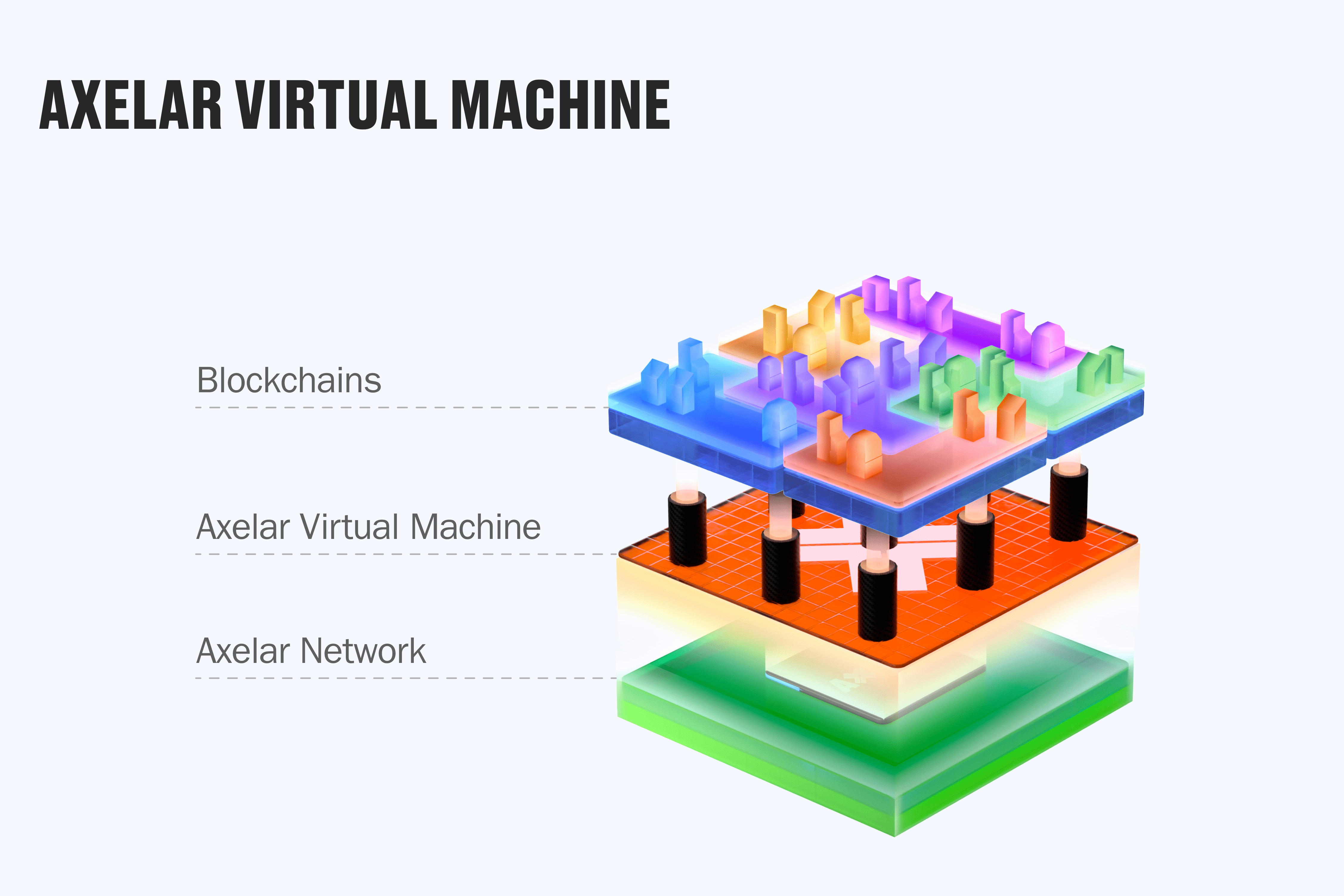
Axelar's approach to solving interoperability challenges in the EVM ecosystem builds upon its existing technology stack. The Axelar Virtual Machine (AVM), a cornerstone of Axelar's technology, is designed to work seamlessly with a wide range of EVM-compatible networks, including Ethereum, its Layer 2 solutions, and other independent EVM chains. This adaptation allows for a unified execution environment where smart contracts can be written once and executed across multiple EVM-compatible chains. Let's explore the key components of this solution:
Axelar Virtual Machine (AVM)
The AVM is an important innovation designed to smooth out the road bumps in existing cross-chain smart contract execution processes across various blockchain networks:
- Universal Execution Environment: The AVM provides a standardized environment where smart contracts can be executed across multiple chains. Developers can write a contract once and deploy it across various networks without modification, whether they're Ethereum L2s or independent EVM chains.
- State Management: The AVM maintains a unified state across different networks. This state includes information about cross-chain transactions, token balances, and other relevant data, ensuring consistency across the diverse EVM ecosystem.
- Cross-Chain Calls: The AVM allows for direct cross-chain function calls between any supported networks. A smart contract on one chain can call a function on a contract deployed on another chain, with the AVM handling the complexities of routing and executing these calls.
Integration with EVM Networks
Axelar's integration with the broader EVM ecosystem involves several key components:
- EVM-Compatible Messaging Protocol: Axelar has developed a messaging protocol that's fully compatible with Ethereum, its L2 solutions, and other EVM-compatible chains. This protocol allows for efficient message passing between different EVM-based networks.
- Gas Fee Abstraction: Axelar's solution includes a mechanism for abstracting away gas fee complexities when performing cross-chain operations across various EVM networks. Users can pay fees in the token native to their origin chain, even when interacting with contracts on other EVM-compatible chains.
- Solidity Libraries: Axelar provides specialized Solidity libraries that developers can easily import into their projects. These libraries include functions for initiating cross-chain calls, managing cross-chain token transfers, and handling cross-chain state updates across the EVM ecosystem.
Cross-Network Communication
Axelar's cross-network communication protocol is designed to optimize interactions between different EVM-compatible solutions:
- Direct Network-to-Network Bridges: Instead of always routing through a central chain, Axelar enables direct communication between EVM networks. This significantly reduces latency and costs for cross-network operations.
- Unified Message Format: Axelar implements a standardized message format for cross-network communication. This ensures that messages can be consistently interpreted across different EVM solutions, regardless of their underlying architecture.
- Optimistic Execution: To improve efficiency, Axelar's protocol allows for the optimistic execution of cross-chain transactions. Transactions are assumed to be valid and executed immediately, with a challenge period during which the transaction can be disputed if found to be invalid.
Security Measures
Axelar's solution also incorporates several security measures to ensure the integrity of cross-chain operations across the EVM ecosystem:
- Threshold Cryptography: Axelar uses threshold cryptography to secure cross-chain messages. A certain threshold of validators must sign off on a cross-chain operation before it's executed, providing a high level of security.
- Fraud Proofs: The system includes mechanisms for submitting and verifying fraud proofs. If a malicious action is detected, it can be challenged and reversed, protecting users and their assets across various EVM networks.
- Auditable Code: All core components of Axelar's solution, including the AVM and cross-chain communication protocols, are open-source and have undergone extensive auditing by third-party security firms.
By implementing these technical components, this Axelar/OpenZeppelin collaboration offers a comprehensive solution for cross-chain interoperability within the broader EVM ecosystem. This approach not only addresses current challenges but also lays a robust foundation for future innovations in blockchain interoperability across a diverse range of blockchain networks.
Revolutionizing Developer Experience and Standardization
Axelar's cross-chain-enabled contracts are custom-tailored to improve the developer experience within the EVM ecosystem and beyond. By abstracting away the complexities of cross-chain interactions, these contracts significantly simplify the bridging process that has long been a pain point for blockchain developers.
Traditionally, creating applications that operate across multiple chains required developers to implement complex bridging mechanisms for each pair of chains they wanted to connect. This process was not only time-consuming but also prone to errors and security vulnerabilities. With Axelar's solution in place, developers are empowered to write smart contracts that seamlessly interact with multiple chains without needing to understand the intricacies of each individual bridging process.
Axelar's roadmap addresses the critical need for standardization in blockchain interoperability. As the blockchain ecosystem has grown, the lack of common standards for cross-chain communication has led to a fragmented landscape of incompatible solutions. Standardization is crucial for several reasons:
- Interoperability: Common standards ensure that different blockchain networks and applications can communicate effectively.
- Scalability: Standardized protocols can be more easily optimized and scaled as the ecosystem grows.
- Security: Widely adopted standards undergo rigorous scrutiny, leading to more robust and secure systems.
- User Experience: Standardization allows for consistent interfaces across different applications, improving usability.
By working towards standardization through initiatives like collaboration on Ethereum Improvement Proposals (EIPs), Axelar is not just solving immediate interoperability issues but is also laying the groundwork for a more cohesive and efficient blockchain ecosystem in the long term.
This push towards simplified development and standardization represents a significant step forward in realizing the full potential of blockchain technology, paving the way for a new generation of powerful, interoperable decentralized applications.
Final Thoughts
The problem of cross-chain interoperability within the larger EVM ecosystem is one that very much needs to be solved. By addressing the critical challenges of liquidity fragmentation, user experience, and developer limitations, Axelar and OpenZeppelin are helping to pave the way for a more interconnected, unified, and efficient blockchain ecosystem.
As the larger blockchain landscape generally - and the EVM ecosystem more specifically - continues to evolve, solutions like the ones proposed by Axelar and Openzeppelin could play an important role in realizing the larger vision of a truly interoperable, scalable, and user-friendly blockchain future.
The journey towards seamless cross-chain functionality is complex but with its enormous community combined with innovations like those brought forth by Axelar and OpenZeppelin, the EVM ecosystem is well-positioned to lead the way as blockchain technology continues on in its relentless march toward mass adoption.
About Stakin
Stakin is an infrastructure operator for Proof-of-Stake (PoS) blockchains offering secure, reliable, and non-custodial staking services. The company enables cryptocurrency holders to earn interest on their assets and take part in decentralized governance while remaining in possession of their own cryptocurrencies.
Stakin serves institutional crypto players, foundations, custodians, exchanges as well as a large community of individual token holders. Driven by demand from institutional customers and the community, Stakin provides services for a wide range of networks including leading ecosystems such as Ethereum, Cosmos, Solana, Near, Polygon, Polkadot, Aptos, Sui, and more.
For more information about Stakin, visit the Website, Twitter, Blog or join the Telegram community.
DISCLAIMER: This is not financial advice. Staking, delegation, and cryptocurrencies involve a high degree of risk, and there is always the possibility of loss, including the failure of all staked digital assets. Additionally, delegators are at risk of slashing in case of security or liveness faults on some protocols. We advise you to do your due diligence before choosing a validator.
